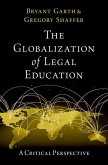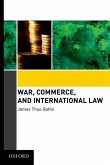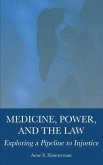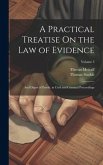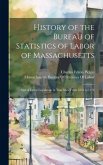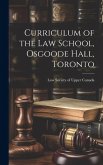The book will serve primarily as a user's manual or desk reference for the expert witness-lawyer team and secondarily as a textbook or supplemental textbook for upper level undergraduate statistics students. It starts with two articles by masters of the trade, Paul Meier and Franklin Fisher. It then explains the distinction between the Frye and Daughbert standards for expert testimony, and how these standards play out in court. The bulk of the book is concerned with individual cases ranging over a wide variety of topics, such as electronic draw poker (does it require skill to play), employment discrimination (how to tell whether an employer discriminated against older workers in deciding whom to fire), driving while black (did the New Jersey State Police disproportionately stop blacks), jury representativeness (is a jury a representative cross section of the community), juries hearing death penalty cases (are such juries biased toward a guilty verdict, and does the Supreme Court care), the civil incarceration of violent sexual offenders after having served their jail sentences (can future dangerousness be predicted), do data from multiple choice examinations support an allegation of copying, whether rental agents in an apartment complex steered African-American prospects to one part of the complex, how much tax is owed after an audit that used a random sample, whether an inventor falsified his notebook in an effort to fool the Patent Office, and whether ballots had been tampered with in an election. The book concludes with two recent English cases, one in which a woman was accused of murdering her infant sons because both died of "cot death" or "sudden death syndrome", (she was convicted, but later exonerated), and how Bayesian analyses can (or more precisely), cannot be presented in UK courts. In each study, the statistical analysis is shaped to address the relevant legal questions, and draws on whatever methods in statistics might shed light on those questions.
This book is a practical and professional user's guide for the statistics expert witness-lawyer team. Introductions and commentary around each set of cases and papers integrate the book into cohesive sections and chapters - a user's reference manual and textbook with some common aims: How to present statistical data to juries and judges by example, statistical graphics, how to distill (or destroy) statistical evidence for juries and judges, how to cross-examine statistics expert witnesses and how to work together as a statistical consultant-lawyer team. Each party in an expert witness-lawyer team has different responsibilities. The statistician represents data; the lawyer presents such data to judges and juries.
Hinweis: Dieser Artikel kann nur an eine deutsche Lieferadresse ausgeliefert werden.
This book is a practical and professional user's guide for the statistics expert witness-lawyer team. Introductions and commentary around each set of cases and papers integrate the book into cohesive sections and chapters - a user's reference manual and textbook with some common aims: How to present statistical data to juries and judges by example, statistical graphics, how to distill (or destroy) statistical evidence for juries and judges, how to cross-examine statistics expert witnesses and how to work together as a statistical consultant-lawyer team. Each party in an expert witness-lawyer team has different responsibilities. The statistician represents data; the lawyer presents such data to judges and juries.
Hinweis: Dieser Artikel kann nur an eine deutsche Lieferadresse ausgeliefert werden.


